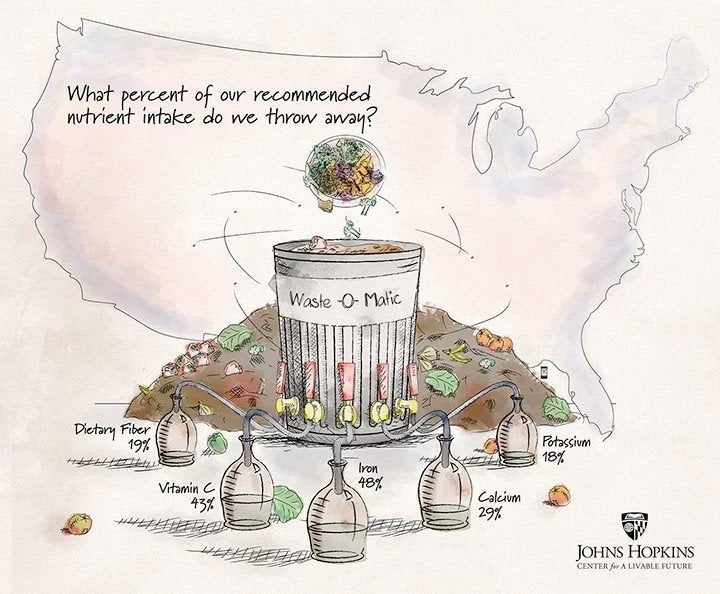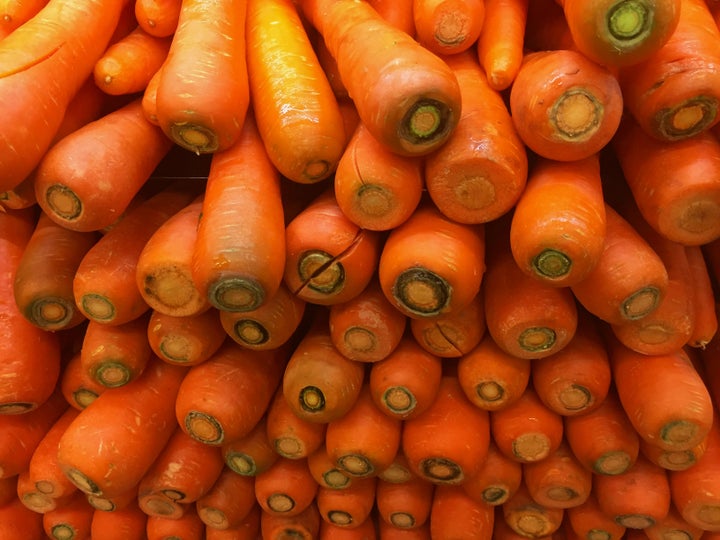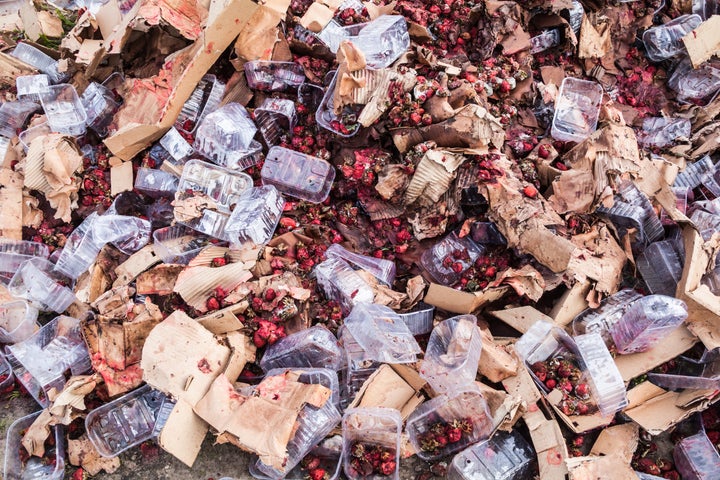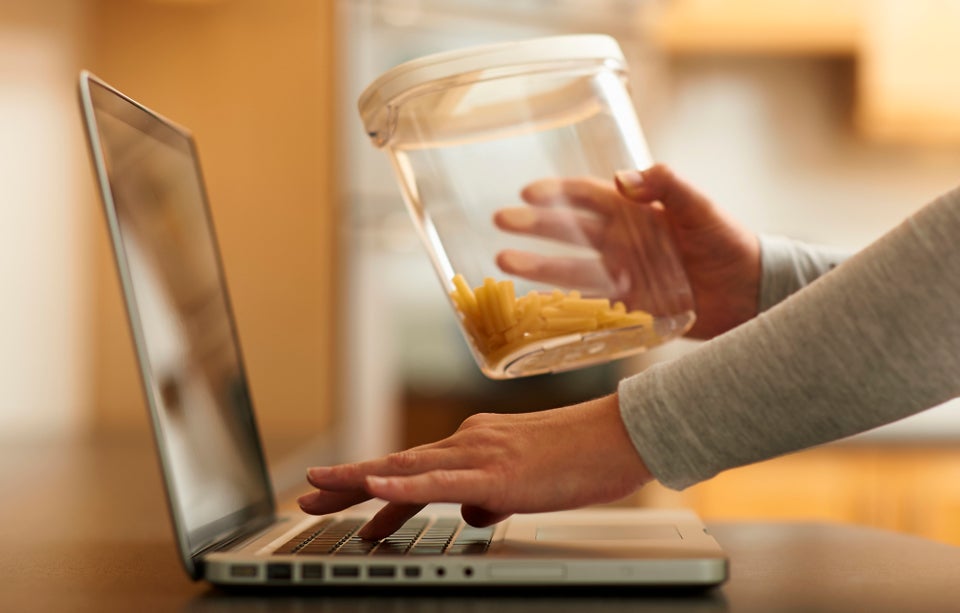One man’s trash is another man’s vitamin-rich meal.
It’s long been known that we throw out a ridiculous amount of edible food in the United States. But a new report from the Journal of the Academy of Nutrition and Dietetics has uncovered just how many critical nutrients we’re discarding with our trash. What’s particularly concerning is that these are the very nutrients most Americans ― both rich and poor ― aren’t getting enough of.
“Wasted food in the U.S. contains a staggering amount of nutrients, especially nutrients that we tend to under-consume,” Marie Spiker, one of the study’s authors, said in a video released alongside the report.

In 2012, the amount of food Americans discarded was enough to provide 2,000 calories a day to 84 percent of the country’s adult population, according to the report. That same year, 15.9 percent of Americans struggled to buy food at times, per the Department of Agriculture.
On top of this problem, the new report finds, Americans aren’t getting the recommended intake of certain nutrients including dietary fiber, calcium, potassium, and vitamins A, C, D, and E.
“Some of the most important foods for people to eat are relatively low in calories,” Roni Neff, another author of the report, added. “Looking at items like vitamin D or fiber really help get a picture of the foods that we need to consume more of that are going right into the landfill.”
The authors of the report analyzed two data sets from the USDA to calculate the nutritional value of food waste at retail and consumer levels in 2012.
Here’s what they noticed about fiber, for example: The recommended daily fiber intake for a woman is 25 grams, yet women in America consume just 8.9 grams; meanwhile, the country squanders vast quantities of fiber-rich foods, enough to feed 74 million women their daily recommended amount of the nutrient.

One of the main reasons tons of healthful foods end up in landfills is because they’re not considered pretty enough to sell. Half of the produce grown in the U.S. is trashed because it’s bruised, misshapen, discolored or has some other deformity that’s non-threatening, according to a study conducted by The Guardian.
While there’s been a push in recent years for retailers to promote so-called “ugly” fruits and vegetables, they’re still being squandered at an alarming rate.
Admittedly, only a small portion of discarded food can be rescued, the authors of the report noted. They, instead, are encouraging efforts to prevent food waste from happening in the first place.

A number of advocates and lawmakers agree and have been shaping initiatives to accomplish that very goal.
A member of the New York City Council recently proposed a bill that would develop a Craigslist-style website for food waste. At the end of each business day, supermarkets and restaurants would post the types of edible foods they have left over but can’t sell. Food pantries and soup kitchens could see what’s available and pick up the products they need.
Rafael Espinal Jr., who introduced the measure, hopes the City Council will vote on the bill in the next few months, and that the website will be up and running by next year.
“These are hungry New Yorkers who are just looking for a meal to get through the next day,” Espinal told HuffPost earlier this month of the people who would benefit from the site. “They don’t have the luxury that everyday New Yorkers have when it comes to choosing what they’re eating.”

